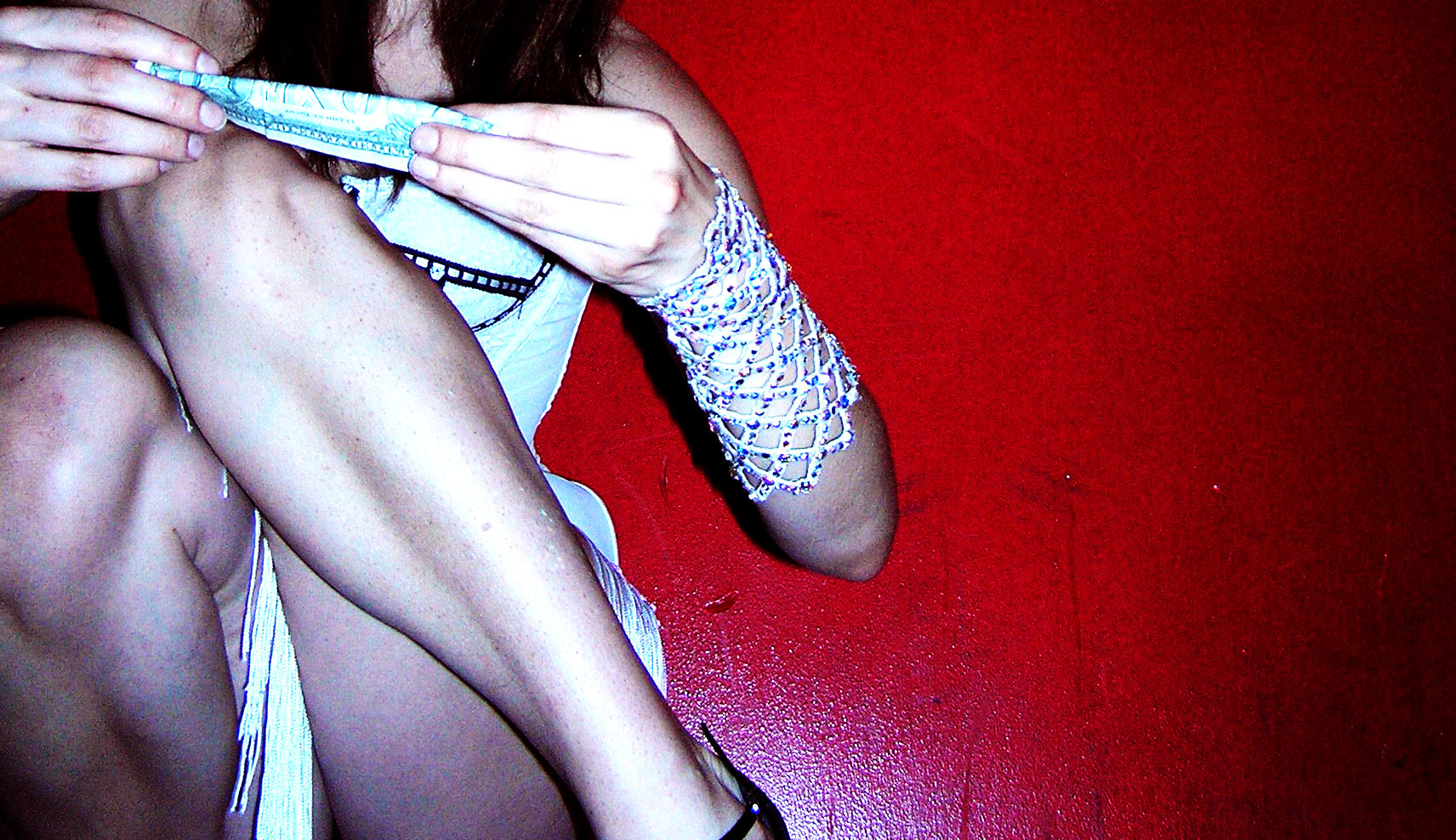In today’s New York Times, author Naomi Wolf looks at “cute” books for teenage girls that are anything but sweet.
Teenage girl series, such as “Clique” or “Gossip Girls”, are fitting to the adage, “You can’t judge a book from the cover”. Beneath the banal paperback covers are pages rife with status, shopping, and sex. Excerpted from one of the “A-List” series novels, one teen describes sex with her boyfriend: “We used to jump each other, like, three times a night. When we went out to the movies, we’d sit by a wall and do it during the boring parts”.
As Naomi notes, there are no ratings recommending age or warning of the contents therein.
I will check out some of these series at my local bookstore, so I’m clear from what to steer away my daughter. The values espoused in these books aren’t what my daughter aspires to or what we would want her to aspire to. Naomi writes, “The problem is a value system in which meanness rules, parents check out, conformity is everything, and stressed-out adult values are presumed to be meaningful to teenagers. The books have a kitsch quality—they package corruption with a cute overlay.”
She continues, “In the world of the ‘A-List’ or ‘Clique’ girl…the rich are right and good simply by virtue of their wealth. Seventh graders have Palm Pilots, red Coach clutches, Visas, and cellphones in Prada messenger bags. Success and failure are entirely signaled by material possessions—specifically, by brands.” In fact, “brands are so prominent you wonder if there are product placement deals”.
Exploitation of women is an old topic, but for these teens it has a new cover. The books make great sport of young girls harassing their peers. And they make the exploitation of teenage girls by young men seem like sexual empowerment for the girls. Or so I’d say, after doing some quick online research after reading Naomi’s column.
She concludes, “The great reads of adolescence have classically been critiques of the corrupt or banal adult world. It’s sad if the point of reading for many girls now is no longer to take the adult world apart but to squeeze into it all the more compliantly. Sex and shopping take their places on a barren stage, as though, even for teenagers, these are the only dramas left”. But these dramas are no tragedies. The girls dangerously live but without consequence, such as pregnancy or STDs.
A companion piece by Justine Henning offers advice on “What’s a Girl to Read?”
Photo Credit: Daniel Sandoval
